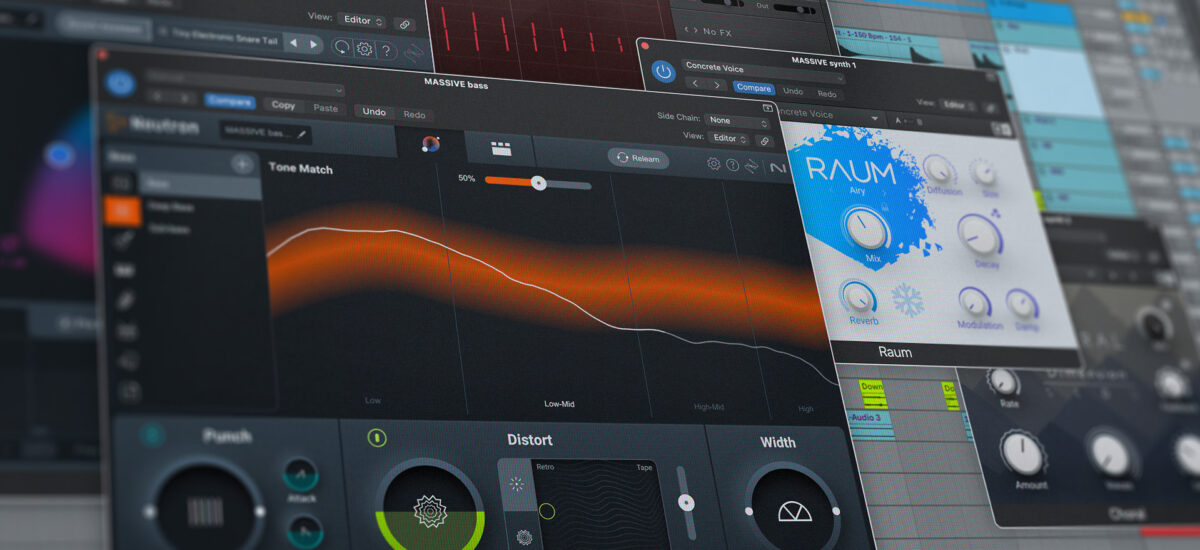If you are a music producer or an aspiring musician, you have likely come across the term ‘sampling’ at some point. Sampling is a technique widely used in popular music production, and one of the most powerful tools to create unique and innovative sounds. In this article, we will break down the concept of sampling and explore how it is utilized in the popular software, Ableton Live.
What is Sampling?
At its core, sampling is the process of taking a small portion, or a ‘sample,’ of a pre-recorded audio track or sound and using it as an instrument or sound source in your own composition. This can involve anything from sampling a drum break from a classic recording to extracting a particular synth sound from a song in order to incorporate it into your own production.
Sampling has been prevalent in music production since the 1980s, when samplers became popular in hip-hop, electronic, and pop music. Since then, technology has advanced, and sampling has become much more accessible, with software like Ableton Live making it easier than ever to integrate samples into your own compositions.
Sampling in Ableton Live
Ableton Live is a powerful digital audio workstation (DAW) that provides a range of tools and features designed specifically for sampling. It offers a user-friendly interface and a comprehensive set of tools to manipulate samples, enabling producers to explore endless creative possibilities.
One of the key features of Ableton Live is its ability to slice and dice samples. This allows you to break down a larger audio file into smaller parts, which can then be rearranged, looped, or manipulated in various ways. This feature is particularly useful when working with drum loops or vocal phrases, as it allows for precise control over individual elements within a sample.
Ableton Live also offers a wide array of built-in effects and processors that can be applied to your samples. From EQ and compression to reverb and delay, these effects add depth and character to your samples, allowing you to shape and mold them into something entirely new.
Credit: blackoctopus-sound.com

Credit: blog.native-instruments.com
Using Samples in Ableton Live
Now that we have a basic understanding of sampling and its relation to Ableton Live, let’s explore some practical ways to use samples in your own productions.
1. Drum Sampling
Drum sampling is a popular technique used in various genres of music. By taking drum hits or loops from existing recordings or sample packs, you can construct unique drum patterns for your own tracks. Ableton Live’s slicing feature makes it easy to rearrange and manipulate drum samples, allowing you to create intricate rhythms and exciting variations.
2. Creating Melodies
Samples can also be used to create melodies. By taking short musical phrases or individual notes from existing recordings, you can create unique melodies that add depth and texture to your own compositions. Ableton Live’s warping feature allows you to adjust the pitch and timing of your samples, giving you even more creative control over your melodies.
3. Sound Design
Sampling is a powerful tool for sound design. By extracting unique sounds from existing recordings or field recordings, you can create your own library of custom sounds to use in your productions. Ableton Live’s built-in effects and processors offer endless possibilities for shaping and manipulating these samples, allowing you to create original and distinctive sounds.
Frequently Asked Questions On Understanding Sampling In Ableton Live : Master The Essential Techniques
What Is Sampling In Music Production?
Sampling is the process of taking a portion of a sound recording and reusing it in a different song or piece of music.
How Can I Use Sampling In Ableton Live?
In Ableton Live, you can use sampling to manipulate, chop, and rearrange audio clips to create unique sounds and compositions.
Why Is Sampling Important In Music Production?
Sampling is important as it allows producers to create new and innovative music by incorporating existing sounds in a creative way.
What Are The Benefits Of Sampling In Ableton Live?
Using sampling in Ableton Live enables you to experiment with different sounds, textures, and tones, expanding your creative possibilities.
Conclusion
Sampling is a fundamental technique in music production, and Ableton Live provides a comprehensive set of tools and features to help you explore the creative possibilities of sampling. Whether you are using samples for drum patterns, melodies, or sound design, Ableton Live’s intuitive interface and powerful features make it an ideal choice for incorporating samples into your own compositions.
With practice and experimentation, you can harness the power of sampling to produce unique and innovative music that stands out from the crowd. So, dive into the world of sampling in Ableton Live and let your creativity soar!